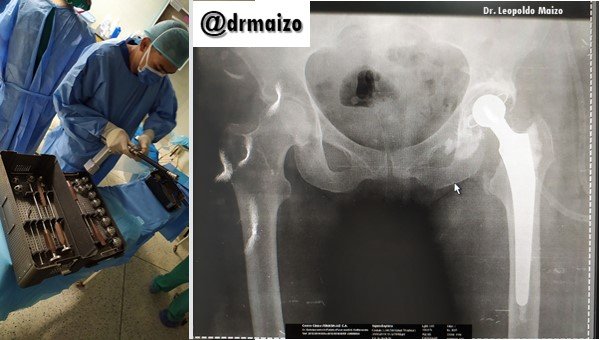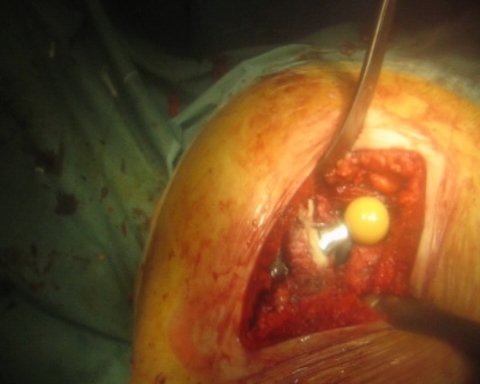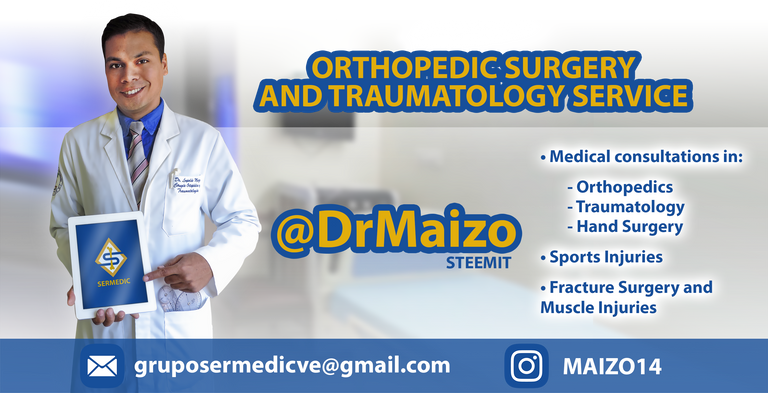
Bone Cement
Methyl methacrylate is an acrylic plastic that has been used in medicine for many years, particularly by dentists and neurosurgeons, to fill skull bone defects.
In the field of orthopaedic surgery, the Judet brothers in Paris developed a femoral stent, initially made of acrylic material between 1946 and 1953.
The polymethylmethacrylate (PMMA) bone cement formula we use today has not essentially changed from the cement developed for Charnley by Denis Smith, a dental materials scientist at the University of Manchester.


How does it work?
Bone cement has two components, one liquid and one pulverized, which must be mixed during operation. About 88 percent of the weight of the powdered component is made up of PMMA particles or random copolymers, mostly methylmethacrylate (MMA), along with a small amount of other monomers such as styrene. Most of the particles are spherical. The remaining 10 percent of the powder is radiopaque (if added) by the presence of sulfate, barium, or zirconium dioxide. Also present is benzoyl peroxide (two per 100), which is an initiator (catalyst) of polymerization. The liquid component is the monomer [MMA] and also contains N,N dimethyl-p-toluidine (DMPT) --activator-- and a polymerization retardant hydroquinone.
When the components are mixed, there is a rapid reaction of the benzoyl peroxide of the powder with the DMPT of the liquid. This reaction releases benzoyl radicals that promote the polymerization of MMAs. This polymerization reaches 90 percent between 5 and 15 minutes. It is an exothermic reaction, which leads the cement to a pasty phase between three and seven minutes.


Are there any complications?
The "cement implantation syndrome" is an important cause of morbidity and mortality in patients undergoing the placement of cemented hip prostheses. Its origin appears to be embolic and is associated with the cementation process. It is characterized by arterial hypotension, hypoxia, loss of consciousness, pulmonary hypertension, failure of the right ventricle, arrhythmias and eventually cardiac arrest. In the intubated patient, the sudden fall of ETCO2 should be alerted. Knowing the risk factors of this complication helps to anticipate, optimize patient monitoring and act early at the first signs and symptoms.
Dr. Leopoldo Maizo - Orthopedic Surgeon


Firma diseñada por @themonkeyzuelans, contáctalos vía Discord "themonkeyzuelans#9087"
Great projects from the Steemit community:
- My Fundition campaign: https://fundition.io/#!/@drmaizo/6f88ggj8h



.png)
This project is being supported by @Fundition the next-generation, decentralized, peer-to-peer crowdfunding and collaboration platform, built on the Steem blockchain.
Read the full details of Fundition Fund program
Learn more about Fundition by reading our purplepaper
Join a community with heart based giving at its core
Fundition is a non profit project, by supporting it with delegation you are supporting 200+ projects.
50SP100SP200SP500SP1000SP2000SP5000SP10000SP